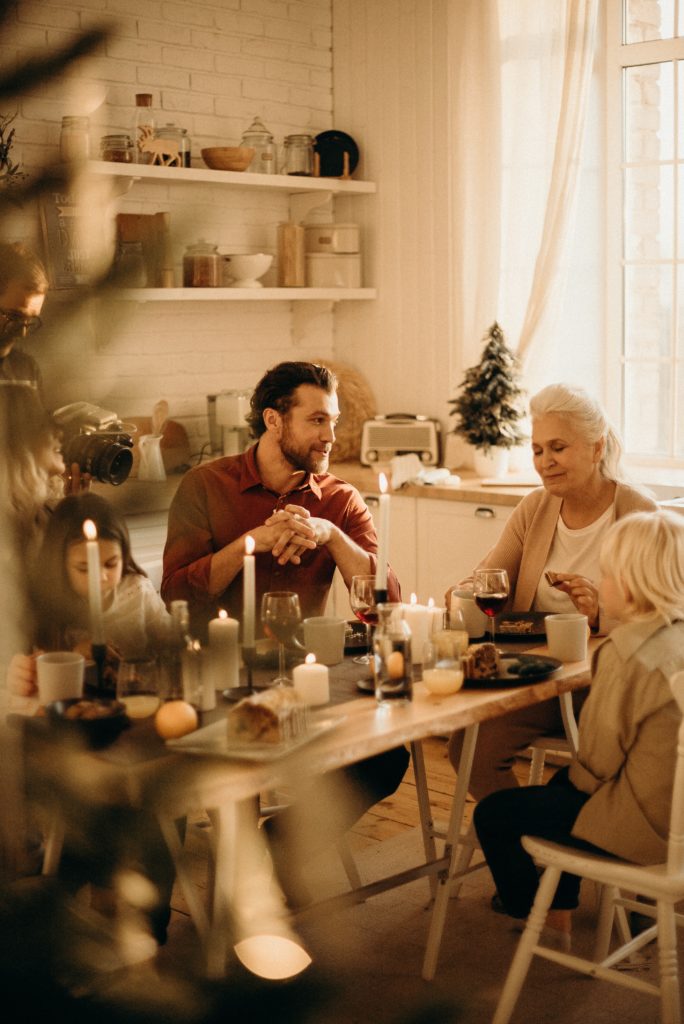The cashier at the grocery store hands your child a sticker, and your child says nothing — no “thank you” escapes her lips. You’re mortified — surely, your child should know how to express thanks by now.
But wait! Don’t be embarrassed. Gratitude is a learned character trait, which means your child isn’t going to express it perfectly every time.
In fact, the Raising Grateful Children project at UNC Chapel Hill looked at gratitude experiences in families as their children grew from kindergarten to young teens. They found that gratitude has four parts, and that while older children and adults are likely to engage in all four, young children only engage in some — and often, only when prompted.
So take a deep breath — your child isn’t the only one who doesn’t consistently say thank you.
The Raising Grateful Children project found that children show more gratitude as they develop cognitive skills, practice their skills, and begin to connect the four parts of gratitude together.
What exactly are the four parts of gratitude?
- Notice
- Think
- Feel
- Do
These four parts take time to develop. You can help by asking questions of your child. And remember — it’s an awful lot to learn, so be patient as your child figures it out.
Notice: The first part of gratitude is noticing the things in your life that prompt gratitude. Have you been given a gift? Did someone think about you and show you love and care? Do you have an abundance of something?
Think: Why do you have the gift? Were you born with it? Did somebody give it to you? Do you owe somebody something in return? Gifts given without attachment will prompt greater gratitude as you think on them.
Feel: How do you feel when you receive this gift? As a child begins to notice and think about gifts given to them, they will also connect positive feelings with the gift, adding this third important component of gratitude.
Do: This is the part of gratitude we think of when we think of gratitude, but it’s only one element — and it begins to come naturally once the other three parts are developed. This is when you demonstrate how you feel about the gift. It may be saying “thank you”; it may be returning a gift or a favor; it my be paying it forward. You can help your child develop this by asking your child, “Is there something you would like to do to show how you feel about this gift?” Give suggestions.
It’s one thing to say thank you without Mom or Dad prompting, but it’s something else when your child actually means it. Use these ideas to help your children notice, think about, and feel gratitude.
Teach About Your Family History
What did their grandparents and great grandparents go through? How did your ancestors survive immigration, the Great Depression, or war? How did they communicate, cook, style their hair, travel, and play with their friends without the technology of today? Knowing the circumstances that their own family members have gone through provides your children with perspective that, over time, can help them feel grateful for what someone went through before them — and grateful for their own challenges and lives.
Serve Others
From organized volunteering events to random acts of kindness, letting your children have the opportunity to serve others helps them understand what goes into helping. This guides them to see what others are going through, and also helps them be more appreciative of help that they receive.
Think Positive Thoughts
Humans experience a wide range of emotions every day, and preschoolers can run the gamut of those emotions in about two minutes flat! Let your preschooler experience their emotions, but periodically throughout the day, point out positive things in your life and surroundings.
Say Thank You
Model the act of gratitude by saying thank you to the people in your life. When your partner picks up the kids, makes dinner, mows the lawn, or buys new toothbrushes, say “thank you.” It’s easy to get so used to the people in our lives doing daily tasks that we overlook the work they’re doing. Saying thank you goes a long way. Similarly, thank your preschooler!
Do Chores
Have your preschooler do chores. Your child will better understand what is done for him when he participates in taking care of the house and family. Give him age-appropriate chores, and thank him when he completes them.
Be Careful with Stuff
Be mindful of how much stuff you give your child. Remember that buying them whatever they want, whenever they want, doesn’t teach respect for what they have. And when they have too many things, nothing is truly important.
At UDA Creative Arts Preschool, we focus on the character trait of gratitude during the month of November. We talk about what we are grateful for; notice, point out, and thank people who help us; identify feelings of gratitude and more. Give us a call at (801) 523-5930, or contact us online for a tour.


